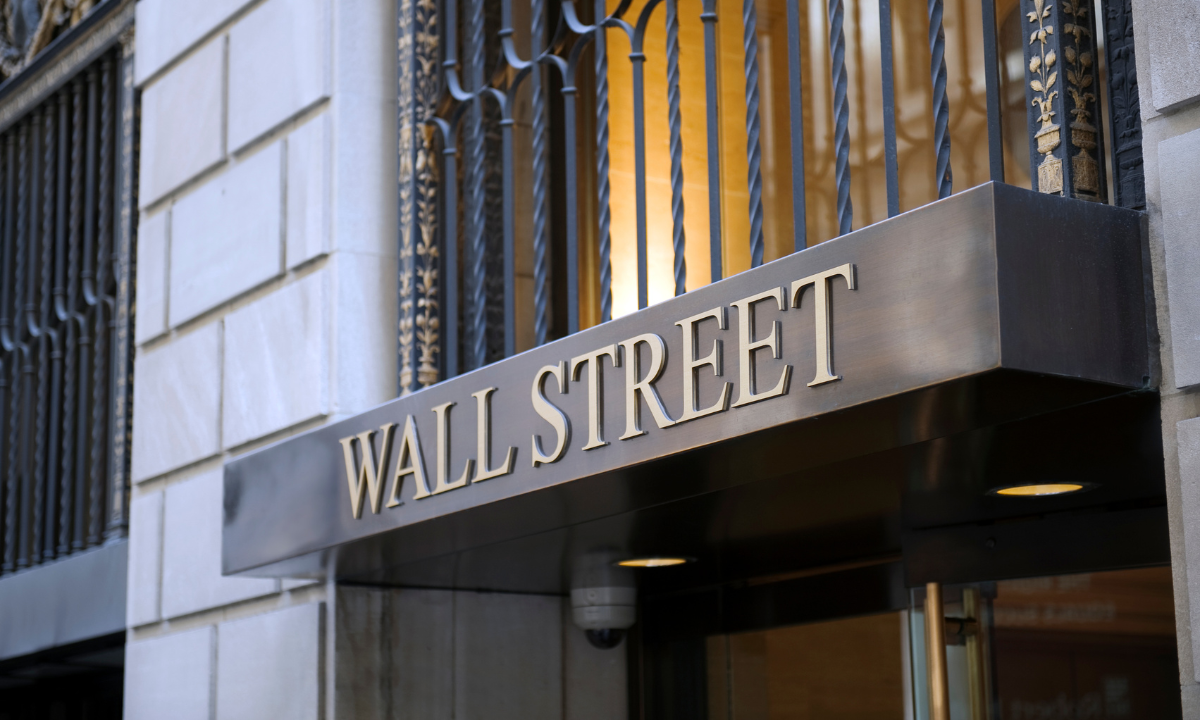We have plenty of measures of poverty – but what about extreme wealth?
Why It Matters
In many cases, we see wealth accumulation correlate directly to measures of power and influence, according to the New Economics Foundation: whether that is political sway, homogenisation of media sources, or disproportionate consumption.

Implementing measures to track – and tax – extreme wealth, as we do a poverty line, will give us a much more nuanced picture of global wealth inequality, according to research from the New Economics Foundation (NEF).
The UK-based think tank interviewed both millionaires and policymakers, finding that most acknowledged the ills of extreme wealth accumulation.
“I think $30 million is a good line,” said one millionaire who was interviewed. “If you have that, you’re pretty well off, you’ve won capitalism.”
The report also cites Oxfam research, which found that seven of the ten largest corporations in the world have “either a billionaire CEO or a billionaire as their principal shareholder.”
While the rich continue to get richer, the poor enter ever-more precarious circumstances: the wealth of the world’s five richest men more than doubled between 2020 and 2022—from $405 billion to $869 billion—while five billion people saw a decrease in wealth.
Last year, the Good Ancestor Movement published a report about the risks of extreme wealth, a precursor to NEF’s research. Extreme wealth accumulation has been linked to an increase in political power, control and ownership of media institutions, and forms of ‘delicate coercion’ in the legal system.
Short-term investments in fossil fuels and other environmentally extractive activities are also linked to the pursuit of wealth accumulation.
Philanthropy is not exempt from this narrative, as it’s also an example of how wealth accumulation leads to a concentration of power.
“Philanthropy is just an anti-democratic way of managing resources,” said one report participant. “No one individual should have the right to decide societal priorities.”
More empirical evidence needed: but where do we draw the line?
“The concepts of a poverty line and an extreme wealth line are not the same,” writes Fernanda Balata, a political economist and senior programme manager at NEF, and the lead author of the report.
“One focuses on the minimum income, or the level of resources, required to access life’s essentials, such as food, shelter and clothing. The other considers whether there is a point beyond which the concentration of global wealth, such as income-generating land, properties and financial assets, in the hands of relatively few people, is harmful – to individuals, to society, and to the environment.”
NEF surveyed 25 participants including 15 millionaires and 10 politicians or policy experts. There was a half-and-half split between those who preferred to draw the extreme wealth line at an absolute number – which ranged between $10 million and $1 billion – and those who preferred relative measures, which could be adjusted according to locality and context.
For politicians and policy experts, setting a line at the top 1 per cent or top 0.1 per cent was “seen as a more workable strategy […] due to its simplicity, clarity and existing policy frameworks.”
Balata added that declaring an absolute figure for a wealth ceiling is likely to involve some political risk.
“Politicians and policy experts did highlight how difficult it would be to come to a number value [for the extreme wealth line] that could be politically acceptable,” Balata said.
“There was that drive to focus on the practicalities of pushing this forward.”
On the other hand, those with lived experience of wealth were more likely to understand the point at which it felt like enough to live a comfortable and luxurious life.
More broadly, Balata found there are cultural barriers to addressing the negative impacts of wealth accumulation, even among those who lean progressive in their politics.
Many people lean towards taxation, rather than an absolute wealth ceiling.
“It’s true, we should be taxing people and their wealth more and better,” Balata said. “But to me, it still doesn’t address that you’re still allowing them to accumulate a certain level [of wealth].
“You do need a broader policy framework that looks at precarious labour conditions, the over-exploitation of natural resources and things that are harming the planet and society – that are still allowing people to accumulate wealth in the first place.”
“That is under the surface of all these conversations.”
Is an extreme wealth line an implementable policy?
NEF’s research highlights that their findings are based on a small sample size and “participants’ willingness to engage in candid discussions.”
However, these reports are intended to set the path for further empirical research and policy testing that can create a fairer economy, said Balata.
From here, she hopes to be able to take this research to global institutions like the UN, OECD and the World Bank, as well as local governments.
Beyond framing the problem as an economic one, Balata also wants to see wealth accumulation addressed as a moral failure.
Last year, Oxfam predicted the planet is likely to see the first trillionaire within the next decade. However, this month, given the rate at which wealth is compounding, Oxfam adjusted its prediction, saying that we will likely see five trillionaires in the next decade.
“On a personal level, I don’t want to see a world where one person is worth one trillion,” Balata said, adding that we have yet to come up with “appropriate measures to really grasp the amount of people in the world living without dignity.”

